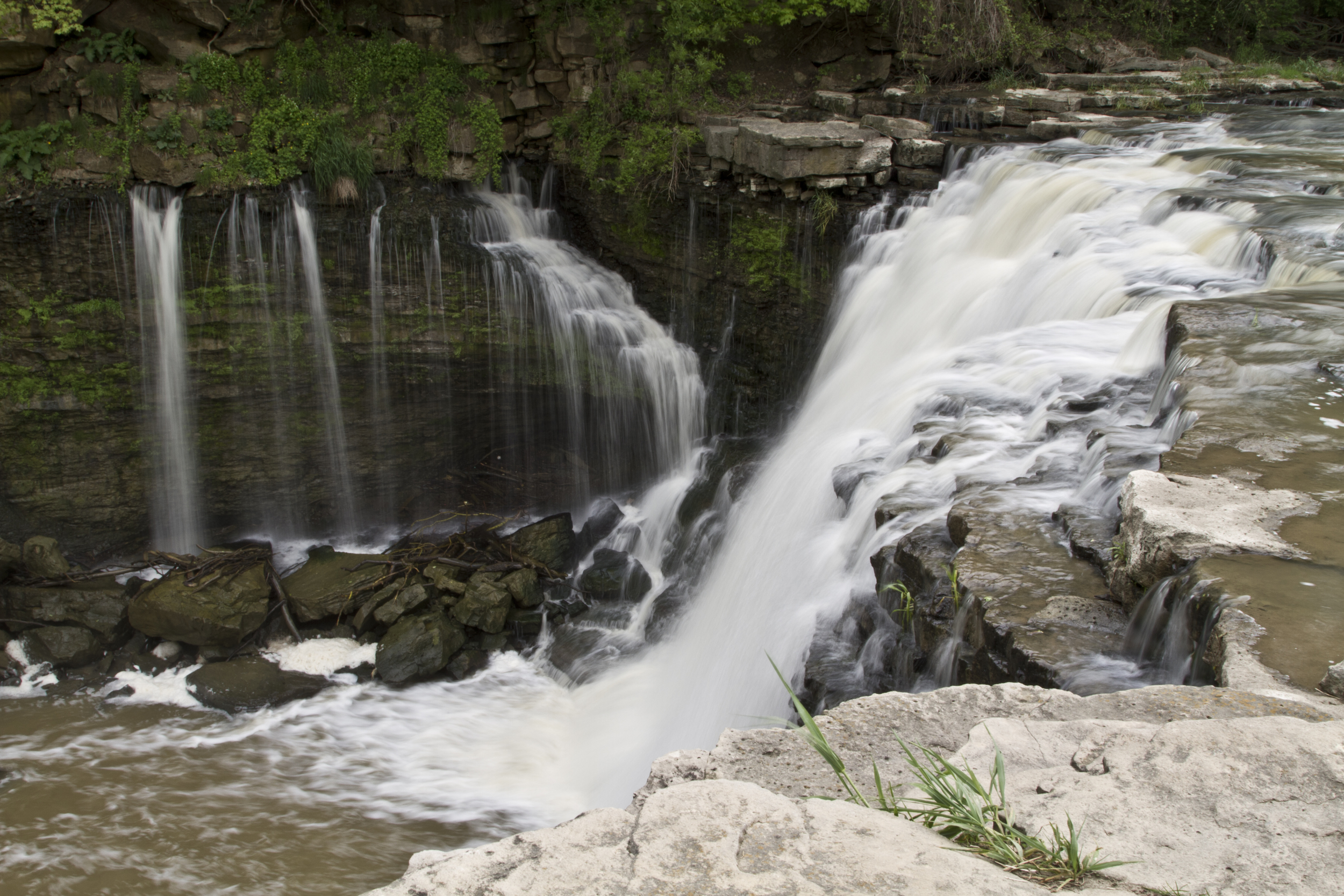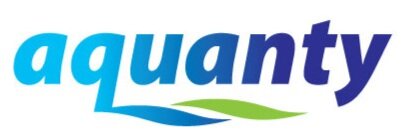

HydroSphereAI Selected as Finalist for New Tech Award - Water Canada Awards
Aquanty Inc. is proud to announce that we have once again been selected as a finalist for the New Tech Award at the 2025 Water Canada Awards for our cutting-edge, machine-learning-based streamflow forecasting system, HydroSphereAI.

HydroGeoSphere Canada Day Software Sale Announcement
To mark Canada Day and celebrate the impact of Canadian-made technology in the field of hydrology, we’re offering exclusive discounts throughout the month of July for all new commercial users of HydroGeoSphere!

Staff Research Highlight - A Continuous Differentiable Formulation for Seepage Face Boundary Conditions in Dynamic Groundwater Systems
This research by Aquanty staff introduces a continuously differentiable formulation for seepage face boundary conditions in dynamic groundwater systems. Traditional approaches often model seepage faces with abrupt boundary transitions, leading to numerical instabilities, convergence issues, and computational inefficiencies in transient groundwater simulations. This research presents a novel approach that ensures smooth transitions between saturated and unsaturated zones, improving the stability and accuracy of numerical groundwater models.

HydroSphereAI Case Study: Sauble River at Allenford — Spring Melt 2025
Using HydroSphereAI to anticipate and understand flood risks in real time and in retrospect. In late March and in the first days of April 2025, the Grey Sauble Conservation Authority issued an “All Watersheds” Flood Watch in anticipation of significant rainfall and elevated flows. A forecasted weather system was expected to bring up to 50 mm of total precipitation, following weeks of already saturated conditions. For the Sauble River at Allenford (Station 02FA004), this setup resulted in two distinct streamflow peaks within a five-day span— first on March 30, then again on April 3. Looking at both peaks, HydroSphereAI consistently delivered strong performance in predicting the structure and timing of the events.

NEW version of HGS PREMIUM June 2025 (REVISION 2845)
The HydroGeoSphere Revision 2845 (June 2025) is now available for download.

Manitoba Cooperator - Farm climate adaptation on tap with MFGA project
The Manitoba Co-operator has featured the latest MFGA initiative, with comments from Dr. Steve Frey, Aquanty’s Director of Research Services, highlighting how advanced modelling is supporting more climate-resilient farming in Manitoba. The new project “Evaluating climate change impacts on Manitoba’s forage and grassland landscapes” will build on the MFGA Aquanty hydrologic model to simulate how changing climate conditions could impact water availability, land use, and agricultural sustainability across the Pembina Valley and Assiniboine West Watershed Districts.

HydroSphereAI: Next-Generation Hydrological Forecasting & AI-Driven Insights for a Changing Climate
We’re excited to share the recording of our recent webinar, HydroSphereAI: Machine Learning-Driven Insights and Hydrological Forecasting in a Changing Climate.
This session offers a deep dive into how cutting-edge machine learning approaches are transforming streamflow prediction and hydrological forecasting across Canada.

Staff Research Highlight - A dynamic meshing scheme for integrated hydrologic modeling to represent evolving landscapes
Aquanty is pleased to introduce a novel dynamic meshing scheme for integrated hydrologic modelling with HydroGeoSphere to better represent evolving landscapes. The approach addresses a major challenge in modelling human-altered environments, particularly in regions undergoing rapid changes such as open-pit mining sites, land reclamation zones, or urban developments. Traditional hydrologic models often rely on static mesh geometries, limiting their ability to capture changes in topography and subsurface structure over time. This research proposes a more flexible, adaptive framework capable of simulating surface and subsurface hydrologic responses to complex engineering activities.

HGS RESEARCH HIGHLIGHT – Modeling fate and transport of E. coli in a small watershed with grazing lands around a pond
This research investigates the fate and transport of E. coli in a small watershed with grazing lands surrounding a pond, using HydroGeoSphere (HGS) to develop a mechanistic numerical model. Understanding how E. coli moves through surface and subsurface water systems is crucial for managing microbial contamination risks in agricultural watersheds, where livestock activities can significantly impact water quality.

NEW version of HGS PREMIUM May 2025 (REVISION 2829)
The HydroGeoSphere Revision 2829 (May 2025) is now available for download.
